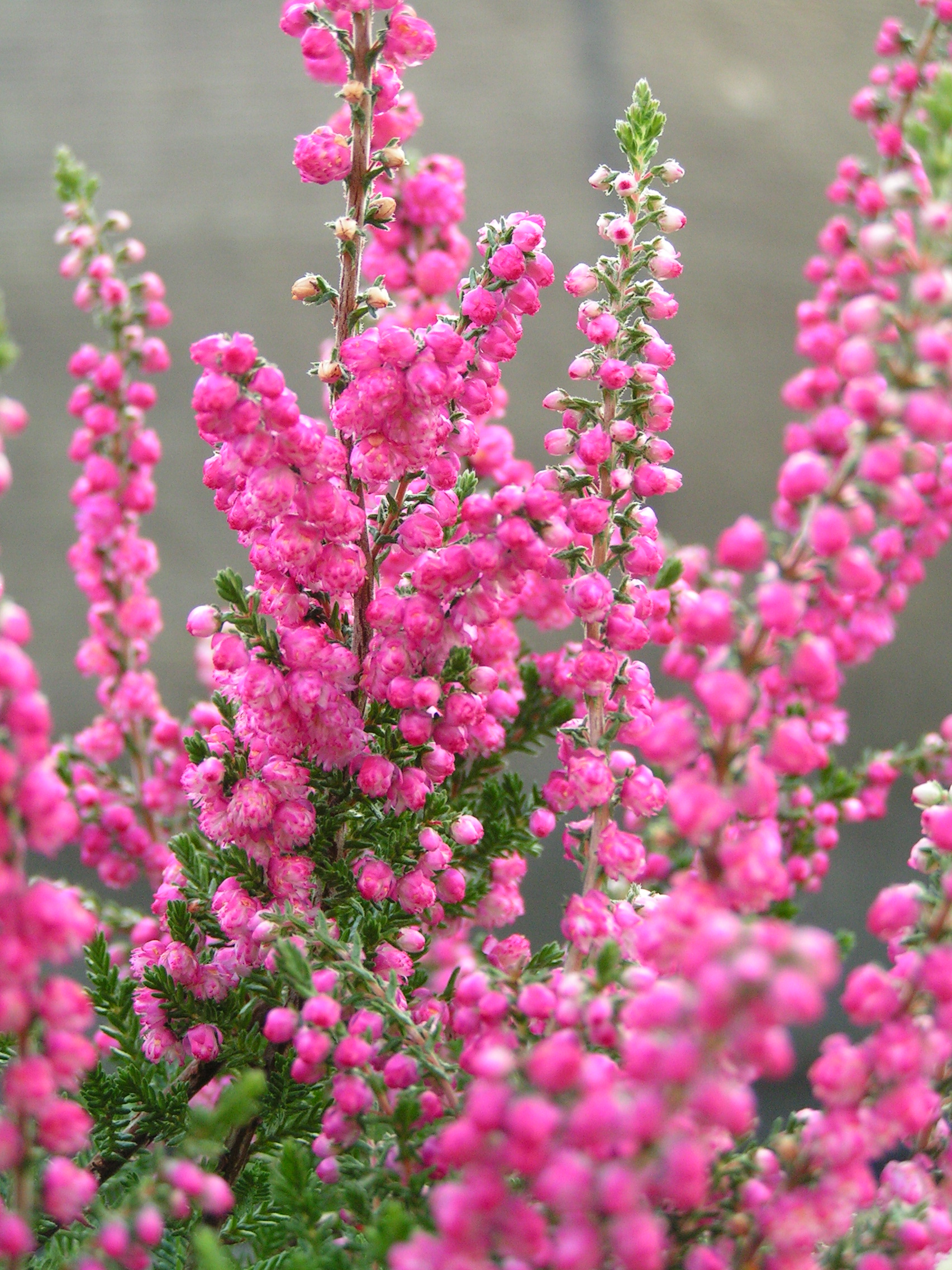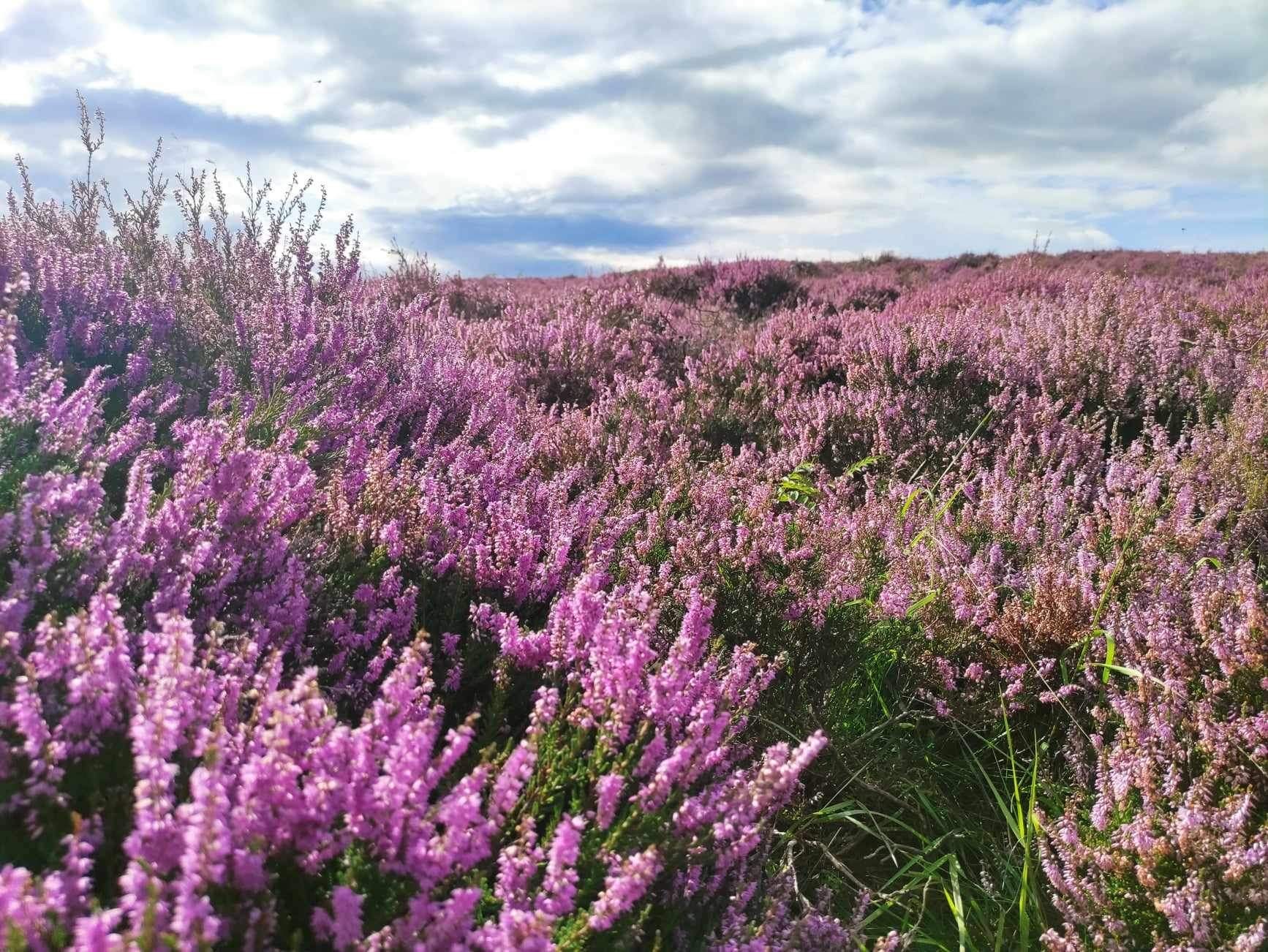Exploring The Heart Of Heather McCartney Mills: Unpacking Envy, Longing, And Nature's Quiet Beauty
Have you ever felt that deep, quiet ache of wishing you were someone else, someone seemingly more cherished, more effortless, or just, well, more "her"? It's a feeling many people know, a subtle longing that can feel both personal and universal. This particular sentiment, this yearning to embody an admired quality, is at the very core of what the name "heather mccartney mills" might bring to mind for some, even if it's not a person in the traditional sense. It's a phrase that, in some respects, seems to capture a complex mix of emotions and natural beauty, drawing on powerful imagery.
For many, the name "Heather" immediately conjures up a powerful, rather poignant song that speaks to this very human experience of admiration tinged with a bit of envy. It’s about seeing someone else receive the affection you desire, feeling somehow less, and just wishing you could simply be that person. This feeling, you know, is actually quite common, and the song captures it so perfectly, painting a vivid picture of quiet heartache and a deep desire for transformation.
Yet, "heather" also stands for something else entirely: a resilient, beautiful plant, the Calluna vulgaris, which grows in harsh landscapes and blooms with a quiet strength. This duality, between a deeply felt human emotion and the enduring beauty of nature, is what makes the idea of "heather mccartney mills" so intriguing. It's almost as if the phrase itself holds layers of meaning, inviting us to look closer at what it means to desire, to grow, and to find beauty in both our vulnerabilities and the world around us.
Table of Contents
- The Essence of "Heather": A Story of Longing and Transformation
- The Longing Behind the Lyrics
- Becoming "Heather": A Quest for What We Admire
- "Heather" in Nature: The Enduring Plant
- A Symbol of Resilience and Beauty
- Cultivating Your Own "Heather"
- Why "heather mccartney mills" Resonates
- Frequently Asked Questions About "Heather"
The Essence of "Heather": A Story of Longing and Transformation
When we talk about "heather mccartney mills," and particularly the "heather" part, we often touch upon a profound emotional landscape. There's this idea, really, of someone who seems to have it all, someone effortlessly charming and beloved. It's a narrative that many people connect with, that feeling of being on the outside looking in, wishing for a different kind of existence. This isn't just about superficial beauty; it's about the perceived ease and grace that another person seems to possess, something you, perhaps, feel is just out of reach.
The Longing Behind the Lyrics
The core of the "Heather" sentiment, as expressed in popular culture, is a raw, very relatable yearning. It’s that moment when you see someone else receive a kindness, like a simple sweater, and you realize it means something more than just fabric. You know, it’s about the preference, the unspoken favoritism, and the sting of feeling less chosen. The words "I'm not even half as pretty you gave her your sweater, it's just polyester but you like her better (wish i were heather)" capture this perfectly. It’s a quiet confession of inadequacy, a deep-seated wish to somehow swap places, to become the one who is truly liked, truly seen.
This feeling goes deeper than just appearance; it’s about the emotional connection someone else shares with a person you care for. You might watch them together, holding hands, an arm around them, and a pang of wistfulness hits you. It’s a very human reaction, this desire for that same closeness, that same easy affection. So, the longing is not just for external traits, but for the inner warmth and connection that seems to flow so naturally to another, making you wish, quite literally, that you could just be them.
Becoming "Heather": A Quest for What We Admire
The concept of "becoming Heather" isn't merely a passive wish; it’s actually a powerful drive for transformation. The idea, as presented in the source material, suggests an active pursuit of the qualities one envies. It’s about trying to embody all those things that seem so appealing, so desirable, in another person. This might involve changing how you present yourself, perhaps adopting new ways of dressing or even adjusting your mannerisms.
This quest often stems from a deep conviction that if only you could be more like that admired person, you would then receive the same affection and attention. It’s a belief that wearing "the right pretty clothes" or acting "the right effortless way" could somehow bridge that gap, making you just as appealing. In a way, it’s a form of self-improvement, albeit one driven by external comparison. It’s a compelling narrative about wanting to align your outer self with an idealized version you see in someone else, hoping that this change will, in fact, alter your emotional landscape and connections.
"Heather" in Nature: The Enduring Plant
Beyond the emotional resonance of the name, "heather" also refers to a truly remarkable plant, Calluna vulgaris, which is also known as common heather or ling. This low evergreen shrub is a very familiar sight across vast areas of western Europe and Asia, and you can even find it thriving in North America and Greenland. It’s a testament to nature's resilience, growing in places where many other plants might struggle. This plant, as a matter of fact, often becomes the dominant vegetation in many of these regions, creating vast, beautiful landscapes.
A Symbol of Resilience and Beauty
The botanical "heather" belongs to the heath family, Ericaceae, and it is the only species within its genus, Calluna. This makes it quite unique, you know. It’s a hardy plant, typically growing in acidic, often poor soils, yet it produces an abundance of small, bell-shaped flowers, usually in shades of purple, pink, or white. This ability to flourish in challenging conditions makes it a powerful symbol of endurance, independence, and quiet strength. Its widespread presence and ability to carpet vast areas with color are pretty inspiring, actually, showcasing nature’s persistent beauty even in less hospitable environments.
For centuries, heather has been cherished for its beauty and its practical uses, from thatching roofs to making brooms. But perhaps its most enduring legacy is its symbolic meaning. It often represents admiration, good luck, and protection, particularly in Scottish and Irish folklore. This natural heather, then, offers a grounding counterpoint to the emotional "heather." It reminds us that true beauty and strength can be found in authenticity and resilience, just growing where it is, without needing to change for anyone. It's a very simple, yet profound, lesson from the natural world.
Cultivating Your Own "Heather"
If the beauty and resilience of Calluna vulgaris appeal to you, it’s actually quite possible to grow your own heather. This plant, you know, thrives in specific conditions, preferring well-drained, acidic soil and plenty of sunlight. It’s a relatively low-maintenance shrub once established, making it a rewarding addition to many gardens, particularly rock gardens or areas with poor soil where other plants might not do so well. The vibrant colors it brings, especially in late summer and autumn, are truly a delight.
To get started, you might want to visit a local garden center or a specialized plant nursery. They can offer specific advice for your region and climate. Learning how to grow your own heather is a very hands-on way to connect with the natural world and bring a piece of that quiet, enduring beauty into your own space. It's a simple process, but it yields such lovely results, creating a little patch of resilience right at home. For more detailed instructions, you can always learn more about growing heather on a dedicated gardening site.
Why "heather mccartney mills" Resonates
The phrase "heather mccartney mills," though perhaps an unusual combination of words, seems to tap into a collective consciousness that understands both deep emotional longing and the quiet power of nature. It’s almost as if the words together create a new kind of symbol, one that encapsulates the human desire for acceptance and the steadfast beauty of the natural world. This phrase, you know, might resonate because it touches on universal experiences: the ache of comparison, the wish to be someone else, and the enduring presence of something beautiful and real, like the heather plant.
In a way, "heather mccartney mills" could be seen as a focal point for these discussions. It’s a query that leads us to consider the emotional weight of a name, the cultural impact of a song, and the biological wonder of a plant. It prompts us to think about what we envy, what we strive for, and what truly lasts. So, it's not just a set of words; it’s a doorway into a conversation about identity, desire, and the simple, profound beauty that surrounds us, both in our feelings and in the landscape. It’s a rather interesting way to explore such varied topics, wouldn't you agree?
Frequently Asked Questions About "Heather"
People often have many questions about the "heather" concept, whether it's about the emotional depth of the song or the characteristics of the plant. Here are a few common inquiries that come up, just to clarify things a bit.
What does "wish I were heather" really mean?
This phrase, you know, expresses a deep desire to be someone else, specifically someone who is perceived as more beloved, more attractive, or more effortlessly charming. It’s about feeling overlooked or less preferred and wishing you could embody the qualities of another person who seems to receive the affection you yearn for. It's a very relatable feeling of inadequacy and longing, really, for a different kind of existence where you are the one chosen.
Is "heather" (the plant) difficult to grow?
No, not necessarily, though it does have specific preferences. Heather (Calluna vulgaris) actually thrives in well-drained, acidic soil and prefers full sunlight. Once it’s established, it’s a pretty hardy and low-maintenance shrub. It’s often used in gardens where other plants might struggle due to poor soil conditions, making it a good choice for certain landscapes. So, with the right conditions, it's actually quite simple to cultivate.
What is the main message of the "Heather" song?
The primary message of the song "Heather" is about the pain of unrequited love and the envy felt towards the person who is loved by your crush. It captures the raw emotion of feeling less than, wishing you could transform into someone else to gain affection, and the quiet heartbreak of seeing your desired person with another. It’s a poignant exploration of longing, self-doubt, and the bittersweet nature of admiration, very much focusing on the emotional side of things.
Learn more about emotional connections on our site, and you can also find more information on different types of plants.

All About Heathers - The Heather Garden

Calluna - Planting, Growing and Care

Common Heather (Calluna vulgaris) | Naturescape Wildflowers